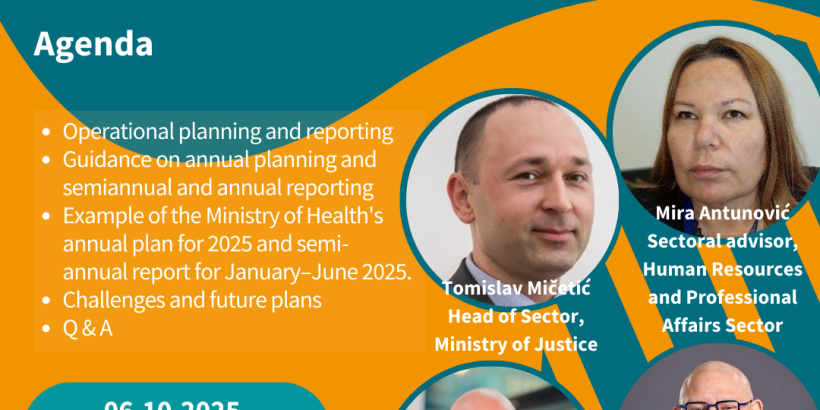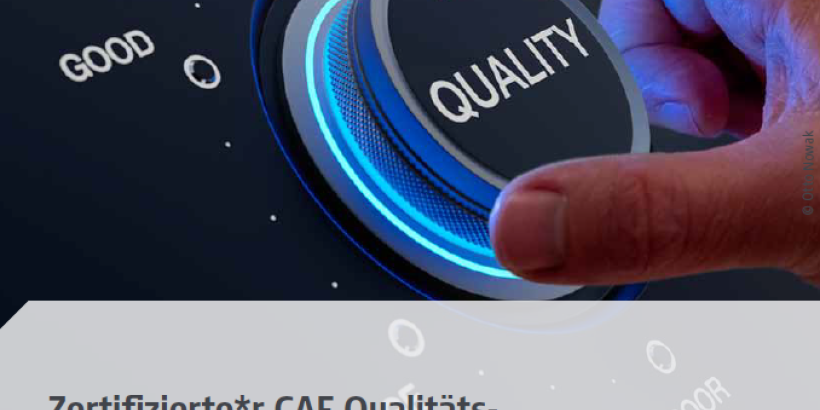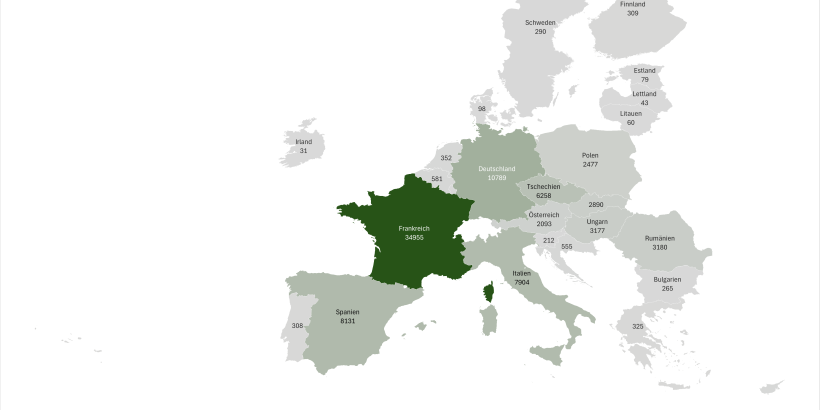How can municipalities translate global sustainability goals into concrete local action? The City of Trondheim, Norway’s third-largest municipality which is home to approximately 213,000 residents, offers a compelling answer. Together with over 80 other municipalities, Trondheim developed a systematic framework to align local governance and budgeting with the UN Sustainable Development Goals (SDGs).
Between 2018 and 2022, Trondheim embedded the SDGs into its core management structures - particularly financial planning - turning global commitments into measurable, actionable, and local strategies. Its experience can serve as inspiration for municipalities seeking meaningful implementation.
How did Trondheim start its SDG Budgeting Process?
Trondheim has developed a prototype model that links the UN’s 17 Sustainable Development Goals and their 169 sub-targets to the municipal budgeting and accounting system, KOSTRA.
KOSTRA is based on electronic reporting of data from the municipalities, county authorities and data from other sources collected from within and outside Statistics Norway (SN). The data published in KOSTRA is based on consolidating data of different types, for example financial data, public service data, personnel data, and population data. It is a national information system providing public information about the local government.
It further provides a uniform chart of accounts and classification system for budgeting, accounting and reporting across all Norwegian municipalities and counties. Each of these accounts or functions (services) can be analyzed to determine which SDG target they support.
However, this approach doesn’t introduce a new system for budgeting and accounting but rather offers a new perspective, focusing on how resource use and budgets align with sustainability goals.
Each municipal sector then selected and prioritized relevant sub-goals during their internal goal-setting processes, as part of developing the action and financial plan. One example is the integration and prioritization of SDG 13 (Climate Action) into Trondheim’s climate budget to explore how specific municipal activities can be connected to sustainability objectives.
The visualization below shows how public spending is linked to the Sustainable Development Goals (SDGs) by showing the allocation and execution of the budget across key SDG areas, thereby enabling the tracking of financial contributions toward sustainable development.
The bar chart presents a comparative analysis of budgeted allocations versus actual expenditures from January to August, disaggregated by SDG.

Taxonomy Building and Indicator Development
Indicators are the bridge between budgets and impact; they show whether money spent is making a difference. In the context of SDG budgeting, they help turn broad goals into measurable outcomes, allowing governments to track progress, adjust policies, and ensure funds are used effectively. More than just numbers, indicators bring clarity, accountability, and focus to the budgeting process, making it possible to see how investments translate into real improvements in people’s lives.
Considering this, the municipality compiled a comprehensive database of over 1,000 SDG-related KPIs drawn from academic literature, international reporting frameworks (e.g., U4SSC, OECD Indicators, Bertelsmann Stiftung Indicators, etc...), and best practices in public administration. From this pool, a selection process identified approximately 60 indicators that were both contextually relevant and technically feasible for Trondheim’s local governance landscape. An example of such an indicator is provided at the end of the article.
The so called “Taxonomy for indicators related to the Sustainable Development Goal (SDG)[1],was developed by Statistics Norway, commissioned by the Norwegian Association of Local and Regional Authorities (KS). It creates a standardized classification system that facilitates the assessment and comparison of SDG indicators, enhancing their clarity and usability for municipalities and counties in Norway.
Its primary purpose is to support the systematic integration of the SDGs into local and national governance by enabling a consistent assessment of indicators across multiple dimensions. It consists of three key components: perspective, indicators, and goals.
- Perspective: this refers to the lens through which the indicator is viewed, helping to assess its relevance and application. It makes sure that local or national strategic goals align with the indicators.
Further, it ensures that the indicators are linked to relevant societal areas like health, education, environment, etc. Under this component, the city also determines how well the indicator captures outcomes or performance. Additionally, each indicator is evaluated in relation to the SDGs and categorized by its quality and relevance.
Lastly, the indicator must be linked to a specific SDG.
- Quality: the Taxonomy uses a three-tiered quality system to evaluate indicators:
Class 1: High-quality indicators that fully meet predefined criteria for relevance, robustness, and usability.
Class 2: Acceptable indicators with some limitations but still useful for monitoring purposes.
Class 3: Weak indicators that do not meet quality standards – these may lack robustness, be poorly defined or irrelevant for SDG tracking.
- Triple Bottom Line (TBL):
Located at the bottom, this part connects to the three sustainability dimensions:
- Social
- Environmental
- Economic
This logic reinforces the need for indicators to cover all aspects of sustainable development comprehensively.

Challenges along the way - Addressing Trade-offs through Systems Thinking
One of the most critical challenges in SDG localization lies in managing trade-offs, synergies, and potential spillover effects between goals. Trondheim recognized early on that budgeting in accordance with the SDGs required more than indicator mapping—it required system thinking. In response, the city developed an SDG Ontology Tool, a digital framework designed to analyze interlinkages between SDG targets and their corresponding local indicators. This tool supports policymakers in identifying potential contradictions or reinforcing loops within the strategy, thereby enabling more coherent and strategic budget decisions. An example of such trade-offs is depicted below:
Example of using the taxonomy: Wind Energy
How can a local municipality evaluate, for example, the construction of windmills through an SDG-aligned lens?
To give an example of the functionality of the taxonomy, here is a local Indicator:
“The wind energy production (kWh) in the municipality”
The chosen indicator - local wind energy production in kilowatt-hours - relates to SDG 7 on renewable energy but also implicates all three Triple Bottom Line (TBL) dimensions from the Statistic Norway Taxonomy: environmental (Planet), social (People), and economic (Prosperity).
Bottom line planet: Wind energy plays an important role in fighting climate change. It provides clean power, which helps reduce emissions. But it’s not without drawbacks. Wind turbines can alter natural landscapes, disturb wildlife habitats, and face resistance from nearby communities due to their appearance and noise.
Bottom line people: The indicator relates to the social dimension because wind turbines often trigger polarized opinions within communities. Conflicts may arise between residents or frequent visitors of the impacted areas and those who are not directly affected.
Bottom line prosperity: At the same time, wind energy can bring real benefits. It may lower energy costs and generate income for municipalities—either through taxes or ownership. These financial advantages matter, especially when local governments are applying for subsidies.
Still, the decision is not simple. Municipalities must weigh the environmental, social, and economic trade-offs. Comparing wind energy potential across similar regions can also help clarify whether a project makes sense financially. But in the end, the quality of the decision depends on the quality of the data. Without detailed, site-specific information, it’s hard to get it right.
Conclusion and Outlook
To conclude, Trondheim’s systematic approach to integrating the SDGs into municipal budgeting exemplifies how local governments can move beyond symbolic commitment to practical implementation. Through strategic use of national data systems, rigorous indicator mapping, and the development of analytical, digital tools, the city has laid the groundwork for data-driven, coherent, and future-oriented public administration. Its methodology offers a scalable model for municipalities across Europe and beyond who seek to embed sustainability at the core of their governance frameworks.
Are you interested in Sustainable Local Public Finances? Find more information on slpf.eu.



